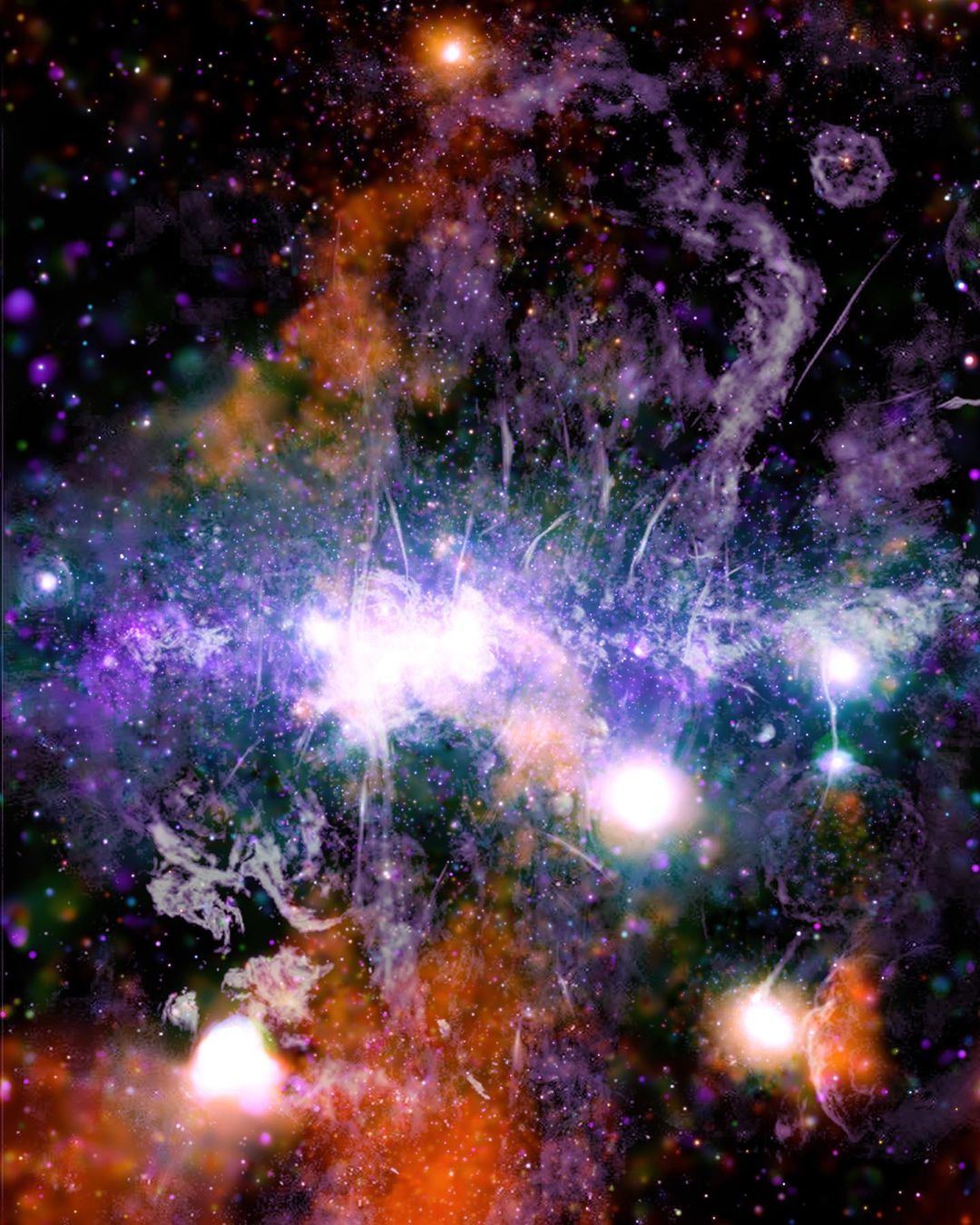The National Aeronautics and Space Administration (NASA) is at it again and this time, it seems, they have given us a picture of a galaxy that is not only worth looking at it a million times but also be amazed by it. NASA, two days back, in an Instagram post, uploaded a photograph and captioned it as the “fabric of our galaxy.”
The image was captured by NASA’s Chandra X-Rays and the MeerKAT radio telescope in South Africa. According to NASA, the image gives a panoramic view of the Galactic Center, which was built from a mosaic of data provided by Chandra X-Rays.
Also Read | Want to be star-struck? Check NASA’s latest photo of the Orion Nebula
“Follow the threads that weave a tapestry of energy at the center of the Milky Way galaxy,” the description of the image further added.
“In the image, X-rays from Chandra are orange, green, blue, and purple, showing different X-ray energies, and the radio data from MeerKAT are shown in lilac and gray. Unraveling these threads teaches us what the weather is like in this region of space. The weather is driven by volatile phenomena such as supernova explosions and outbursts of matter near the bright center of the cluster, where Sagittarius A is located – our Galaxy’s supermassive blackhole,” NASA explained.
Also Read | Sia teams up with NASA for her new music video ‘Floating Through Space’
NASA further explained how the combination of X-rays and radio views allows the users to see magnetic fields that have aligned in different directions, collided. They then twisted among each other, a process which is known as magnetic reconnection. According to them, the phenomenon is similar to another phenomenon that drives energetic particles away from the sun and is responsible for space weather that sometimes affects Earth.
In another post, it posted a “captivating spiral galaxy 150 million light-years from Earth.”
The photograph was shot by the Wide Field Camera 3 (WFC3) on NASA’s Hubble telescope.
According to NASA, the WFC3 can collect ultraviolet, visible, and infrared light, which in turn provides a wealth of information about the objects it observes.







